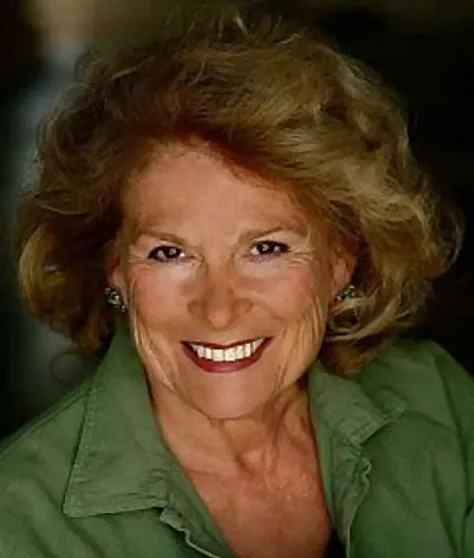Remembering Paula Shaw
A personal elegy for Paula Shaw (1941–2025), actress and acting coach, mentor, and leader of The MAX workshops at Esalen.
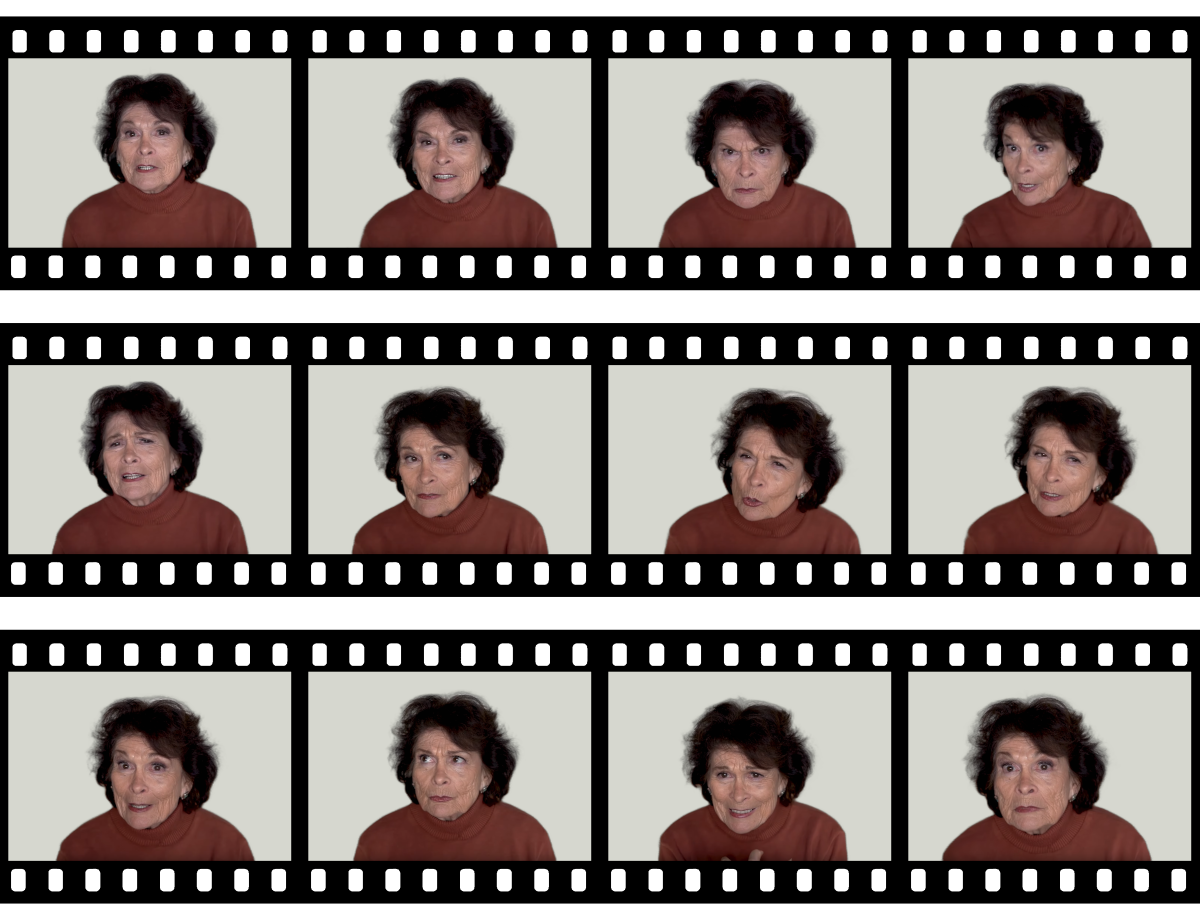
Many of the obituaries written about Paula Shaw focus on her career as an actress and acting coach. She appeared in a host of plays and films, with a who’s who list of famous actors. Perhaps she was most widely known for her performance in Freddy vs. Jason as Jason’s mother.
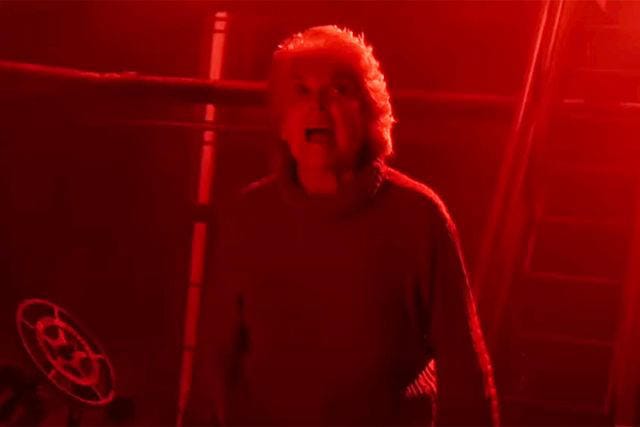
I knew Paula in her role as a workshop leader. It was an exhilarating era of exploration, transformation and adventure; a time, a place, and a state of mind that are inseparable for me. This is my attempt to capture all of that, and the part that Paula played in it.
Paula Shaw was committed to the human spirit and its liberation. There was no greater foe of what she called “the system.” The system, she would say, is the place we shut ourselves down, where we run on automatic pilot, where our minds get caught in loops that sequester us from our vital experience—our life force. It was to this “coming alive” that Paula was dedicated.
A thing is what it is. Own it.
I believe the first workshop I did with Paula was actually called Acting or Being. It was being offered to the longer-term residents at the Esalen Institute. I had only been there a few months, and technically should not have been allowed to join. When I attempted to get permission from Betty in the office, she barked that “This is Esalen. We don’t believe in fair,” which was her way of telling me I should go ahead and do what I wanted, and accept the consequences. No one was going to stop me.
The purpose of THE MAX is to discover yourself beyond who you know yourself to be. It is a voyage through your own humanity and a journey to discover the extent of your self-expressive power. The experience can move you into a new arena of personal creativity and self-expression.
But it was for The MAX that Paula would become famous—or infamous, because it was not without its detractors. Personally, I loved the intensity of The MAX. It may seem strange, but I feel more relaxed in that rarefied ambience, temporarily freed from the social proprieties that have always been a struggle. I’m hardly the only one. People flocked to her workshops to experience that intensity, the rawness, the passionate commitment to truth at whatever cost.
I call them the ‘less preferred’ emotions.
I think it was during my first MAX that I ran into her down at the baths, and remarked that I thought she had my number. “Oh, yeah?” she said, drily. “What’s your number?” The point perhaps being that as insightful as she was—and she had an uncanny ability to read people—what mattered more was that I know my number.
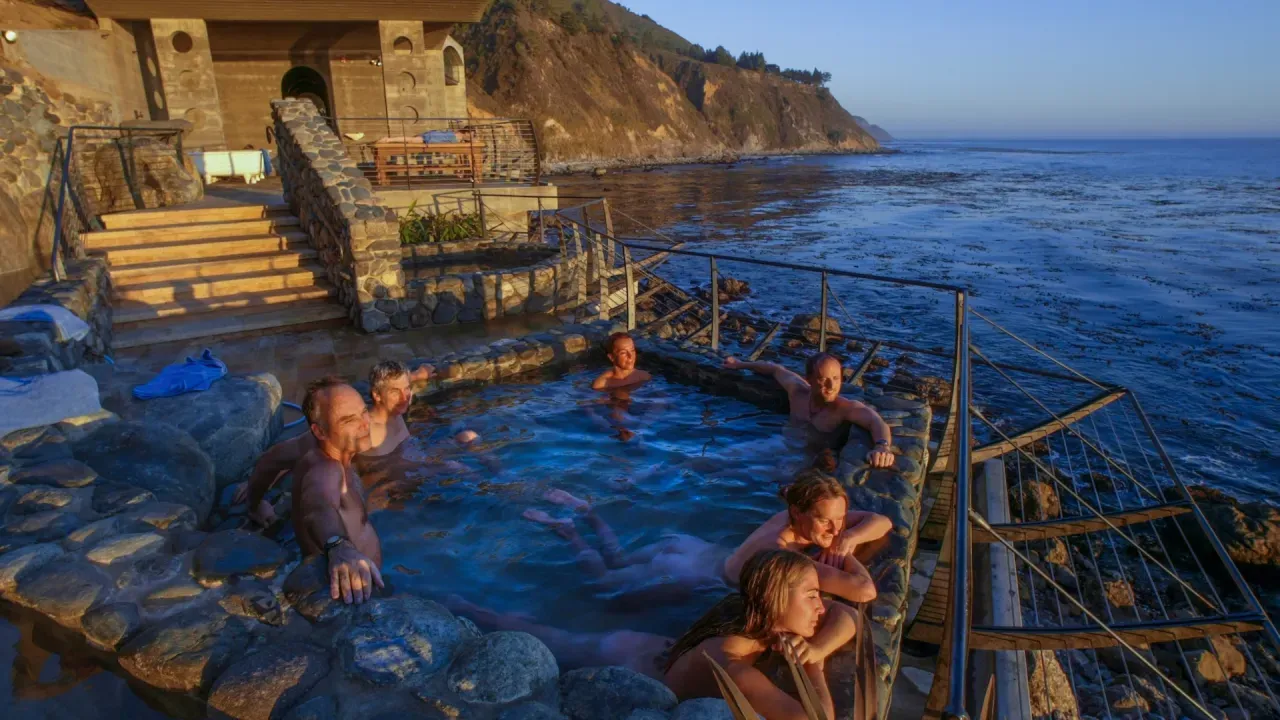
Esalen itself was an important backdrop for the MAX magic. Perched on a cliff, the vast horizon of sky-meets-sea offered an emptiness that could absorb as much rage as you could hurl at it. And the warm waters of the baths were nurturing. There you could float weightless, enwombed, listening to the hypnotic crash and retreat of the waves below. In autumn the Monarchs would return in the thousands to enact their own ritual of transformation. In the morning, as the sun dried the night dew from their wings, they would fill the air, turning Esalen into a magical kingdom.
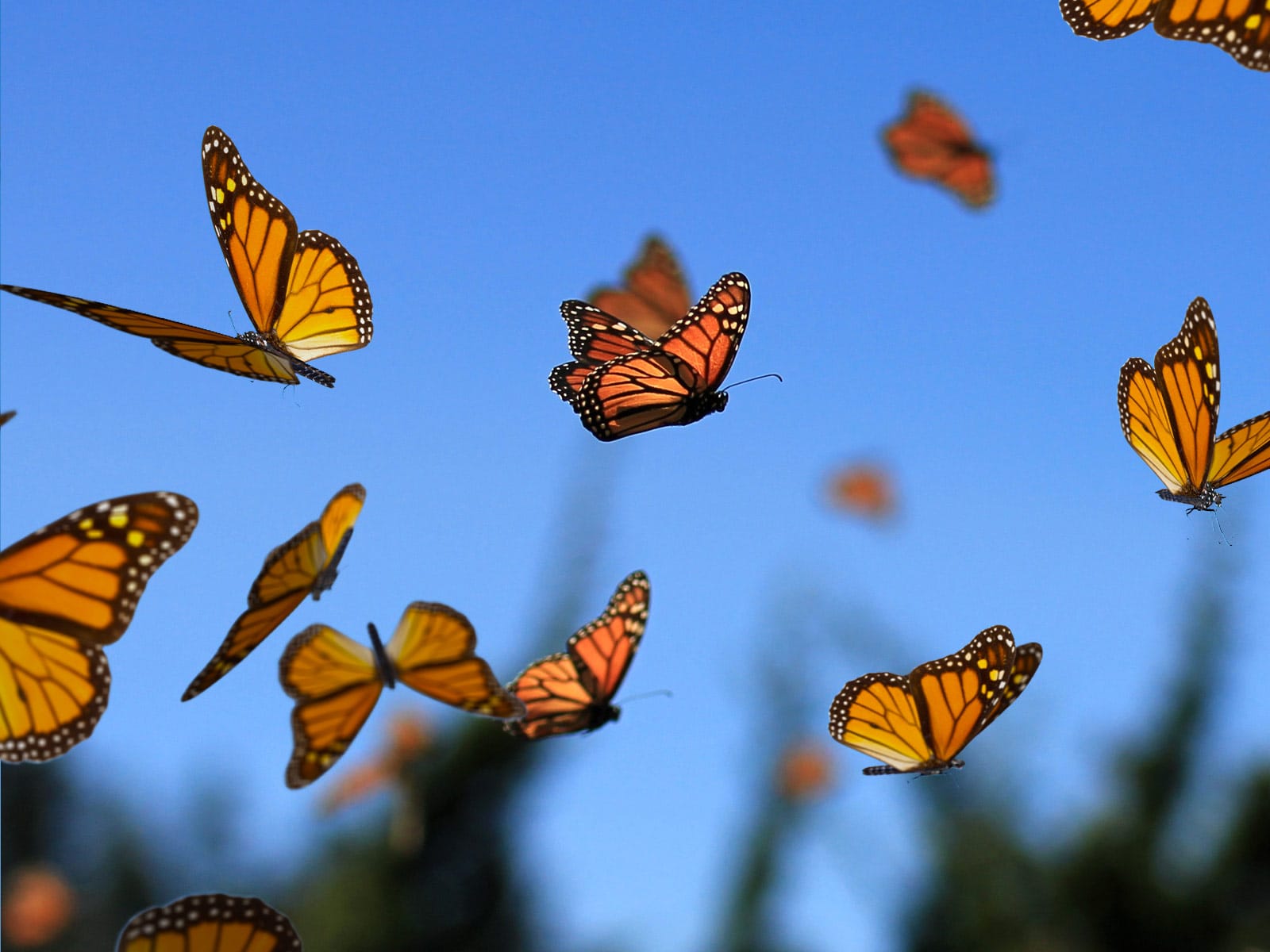
I did the MAX three times, and captained Paula’s team of assistants for many years. The team was a “MAX within a MAX” as Paula put it, responsible for holding the space, and for being an extension of Paula’s situational awareness. I spent hours sitting in the back, in the darkness, jotting down notes and observations—and watching Paula work. When Paula was working with people, often in mortal combat with their “system,” she could be as hard as nails, and uncompromising. But then she could turn on a dime and be playful and sympathetic. She had a wide repertoire, all of it employed in connecting with people where they were, and in giving them what they needed—be it an antagonist to rail against, or some friendly encouragement.
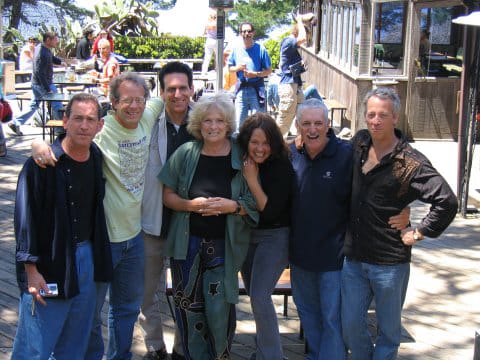
Workshop participants were challenged to enact the unloved, disowned parts of themselves, behaviorally and by dressing the part. After the first 24 hours, a delightful chaos would settle in, as these rejected, socially unacceptable personalities caromed against each other. In contrast, the structure for this liberatory process was studiously rigid: chairs meticulously aligned, notebooks arranged, meeting times enforced. Paula was tireless. Even at 3am, when the rest of us were struggling to keep our eyes open, she was still brimming with energy. “Boredom,” Paula would say, quoting Werner Erhard, “is just one level below mild interest.”
“I used to do what I call a ‘break and enter’,” she admitted. What she meant was that she would pressure people into making the change she believed would help them get unstuck. I think she was referring more to her days as an est (Erhard Seminars Training) leader, although in some of those early MAX workshops she was pretty hard-nosed. (It was witnessing another est trainer do this that led to her stepping away from est, she would recount.)
The strategy she eventually adopted was one of patience. She would lead someone unerringly to the very edge of their comfort zone. If they saw the opportunity and took the leap, then great. But sometimes the resistance was too much, in which case she would simply hang out with them on the precipice, contemplating it, looking at it, and perhaps looking at the personal cost of not taking the leap. In the end, most did—voluntarily. But Paula didn’t mind losing a battle if it meant winning the war. Those who left the stage without making that leap would ruminate on it until the next opportunity, when they would typically knock it out of the park. For Paula, this was simply the most effective strategy. It reminded me of the Gestalt admonition heard frequently around Esalen to “allow process; trust process; and get out of the way.”
This was one of the most valuable things I took away from my experience with Paula, because she was a master. She could care passionately about the person she was working with, and at the same time be sanguine about the outcome. She could fight someone’s system tooth and nail, but understood that ultimately they needed to free themselves from it. Sometimes the most powerful thing you can do is nothing.
Look at your partner. Breathe. Begin.
Another gift that we got, or better, that we gave each other, was that of expanding our emotional limits. That’s something for which I’m profoundly grateful. Having a larger container makes it easier to not sweat the small stuff—and to handle the big stuff when it arises.
If your heart beats faster when you think of taking THE MAX, it may be just the thing to do.
I feel a bit sad describing all this, knowing that most readers will not have had the good fortune to have worked with Paula, and that that unique opportunity is now forever gone. Ah, well. A thing is what it is. But the many people whose lives she touched know that Paula’s passion and commitment created more aliveness in the world; and it lives on. She made a difference, and that’s an inspiring and proud legacy to leave behind.
